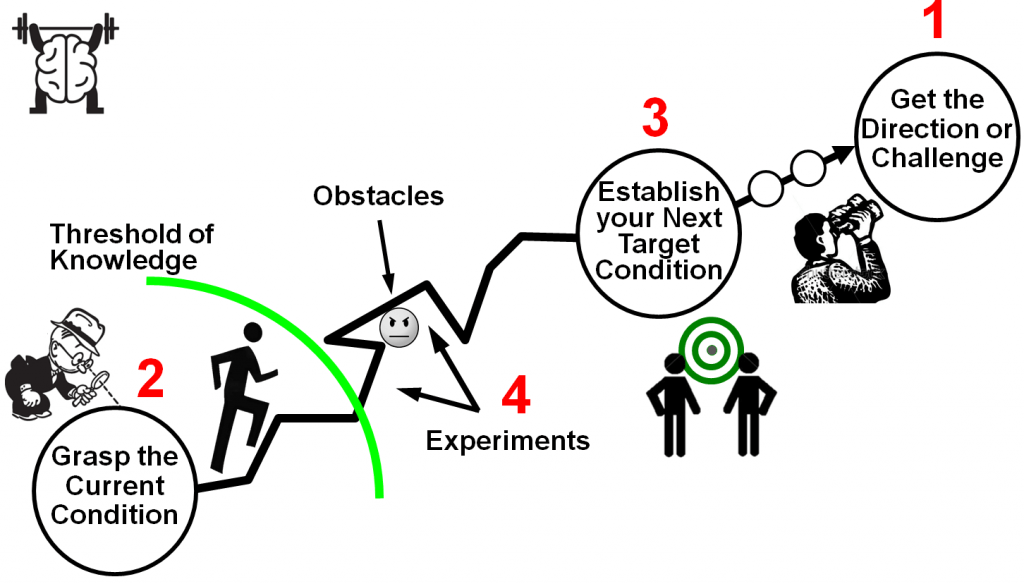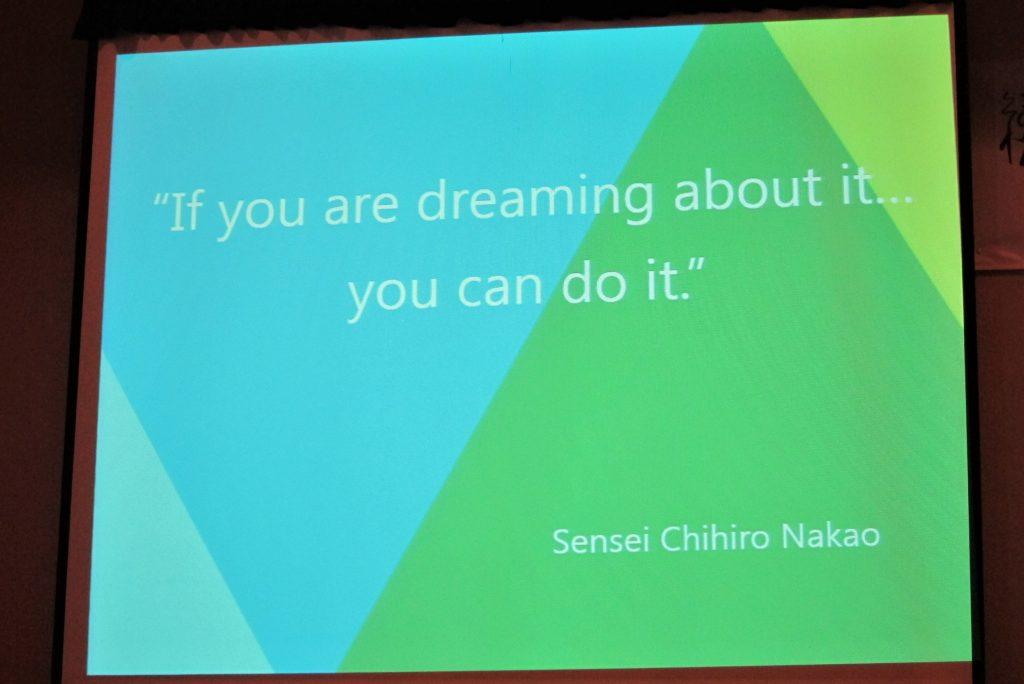“Can’t see the forest for the trees.”
An expression [describing] someone who is too involved in the details of a problem to look at the situation as a whole. (Source: Dictionary.com)
Click here to learn the context for this post.
I continue to be confounded by the supposed great problem recognition (observation) and problem-solving skills of “Lean thinkers” and especially the widespread embrace of the improvement kata. What confounds me, specifically, is the continuing promotion of Lean management based on varied criteria that do not resonate with most CEOs (see “Are Lean People Stupid?”). In other words, a stubborn commitment to focus on small details and a likewise persistent inability (or willful avoidance) to see the whole.

I have to say, I am not impressed. Our dedicated forebears, from the days of Scientific Management through TPS and Lean today, have had precious little success convincing CEOs to move away from archaic classical management and practice modern Lean management — and even less success with respect to sustainability. Finally, we now know why leaders resist or reject Lean management, thoroughly documented in the books shown below, but we do not have many ideas on what to do about it. I proposed four ideas in The Triumph of Classical Management Over Lean Management, (Chapter 4, “Dismantling Classical Management”) and two alternatives (Chapter 5, iMaP and Speed Leadership), but we need many more ideas than that. We need teamwork! Sure, it is a difficult problem — the most difficult problem facing us — but it will never get solved if people ignore it or do not have the fortitude to work on it.

In the vernacular of the improvement kata, we understand “1 Get the Direction or Challenge,” but the Lean community overall (and Lean promoters in particular) fail at “2 Grasp the Current Situation” — which is understanding why most CEOs remain totally committed to classical management. Consequently, there is no chance of crossing the “Threshold of Knowledge.” If we were able to do that, then we could do many “4 Experiments” to remove obstacles based on our ideas which would in turn allow us to “3 Establish [Our] Next Target Condition.” Some of the ideas and resulting experiments will be quick, and some will be long term, on the order of ten to fifty years.
But as far as I can see, the Lean promoters’ grand plan for the next 50 years is to maintain a very large gap in understanding with CEOs and to remain committed to ignoring this fundamental problem. In doing so, it turns the efforts to advance of Lean into a nonproductive sport — merely a show of prowess and entertainment for one and all. Hence, we have what we see today with respect to Lean: stagnation and chaos. I do not understand how Lean promoters can claim credibility under these circumstances. If they have no credibility then, by association, they inadvertently drag Lean management itself into the realm of having no credibility. Lean management and those who promote it need to extract themselves from the Dooming Cycle and move towards improvement and stability. Try eating your own PDSA (or kata) medicine. In the words of Kiichiro Toyoda, “Before you say you can’t do something, try it.“

If nobody wants to work on this problem, other than me, apparently, then those promoting Lean do little more than fill a need for lots of professional playtime (sport). It is a waste of human life, both oneself and the many others who follow the sport, to expend one’s career on playtime. Need I remind you how this disrespects people — and fails our forebears? And isn’t “Challenge” a central part of The Toyota Way? Perhaps we should apply the improvement kata to understand why most (all?) Lean promoters prefer playtime (2) to problem-solving (1).
I am certain that the luminaries view CEOs rejection of Lean to be an insoluble problem. Despite their close study of Toyota, the most important lesson they collectively failed to learn is that difficult problems can be solved if you try and never give up. And to that we also have a failure, in the words of Akio Toyoda, of “imagining what’s possible, even that which seems impossible.”

From a presentation by Dr. Gary Kaplan (2 May 2014).
